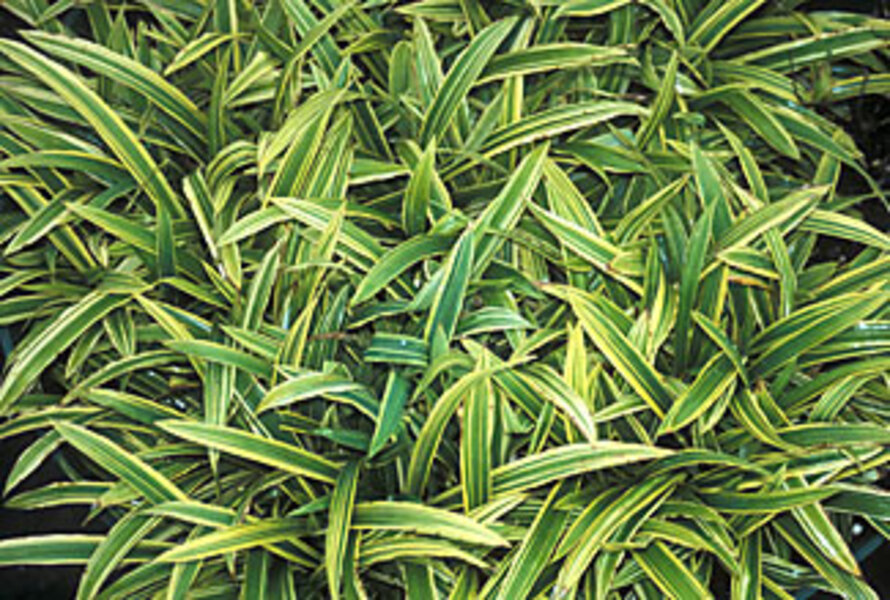How to create a glowing garden
Loading...
Flowers on perennial plants come and go – and usually they are gone a lot longer than they are around. But foliage ... foliage is almost forever.
Consider: When gardeners categorize certain plants as "long-blooming" perennials, they generally mean something that has flowers all of six weeks. Well, six weeks does not a growing season make. But any self-respecting foliage plant puts on its party best for the entire growing season. For a broad band of the United States, that would be about 22 weeks of color. Six versus 22: You do the math.
Foliage plants in twin tones double the pleasure and double the fun. Yes, they're almost two plants in one. "Variegation is the spice of life," as plant breeder and collector Dan Heims of Terra Nova Nurseries in Portland, Ore., puts it.
Then again, Mr. Heims is easily America's most notorious "variegaholic." He does wax on: "I am constantly stimulated by color and texture, not flowers." And: "Variegated plants can be viewed as an organic art form when displayed as a specimen or as a light source when used en masse in a shadowy realm."
He has a point. As interesting as they are in and of themselves, variegated plants can really brighten up a shady corner. Even something as humdrum as a ring of hostas around a tree trunk grabs your attention when each leaf has a white or yellow swirl running through it. Throw in some ferns and a few other plants that love dappled shade, and you no longer have a large green Cheerio. You have a real garden.
Conventional wisdom has it that too many variegated plants are like too many noses: They're distracting and get in the way. I don't follow conventional wisdom. I say that too many variegated plants are like too many $20 bills: You can't have enough.
But I do find that the garden generally needs a transition between groupings of variegated plants. In sunny beds, plants with silver or blue foliage or white-flowered plants that bloom a long time may do the trick.
In the shade, you can play with any number of foliage plants in other colors. Maybe yellow leaves, as with Hakone grass, bleeding heart, or creeping Jenny. Or purple – coral bells, snakeroot, or perennial geraniums.
One more selling point for salting the garden with variegated plants: You can cut them to bring indoors to your heart's content, and the garden will still be colorfully aglow.






